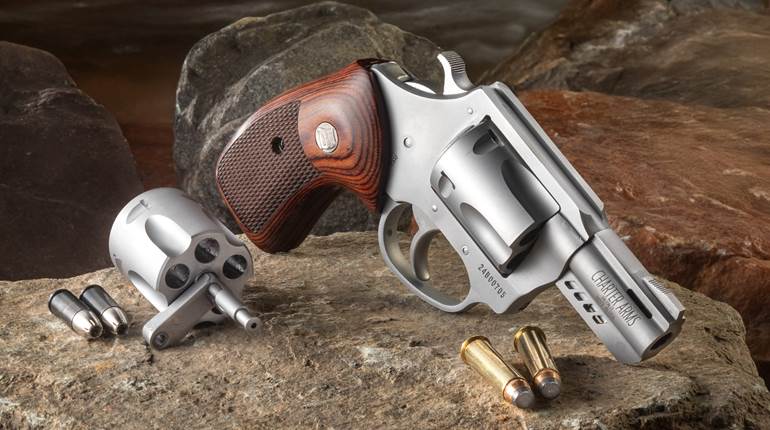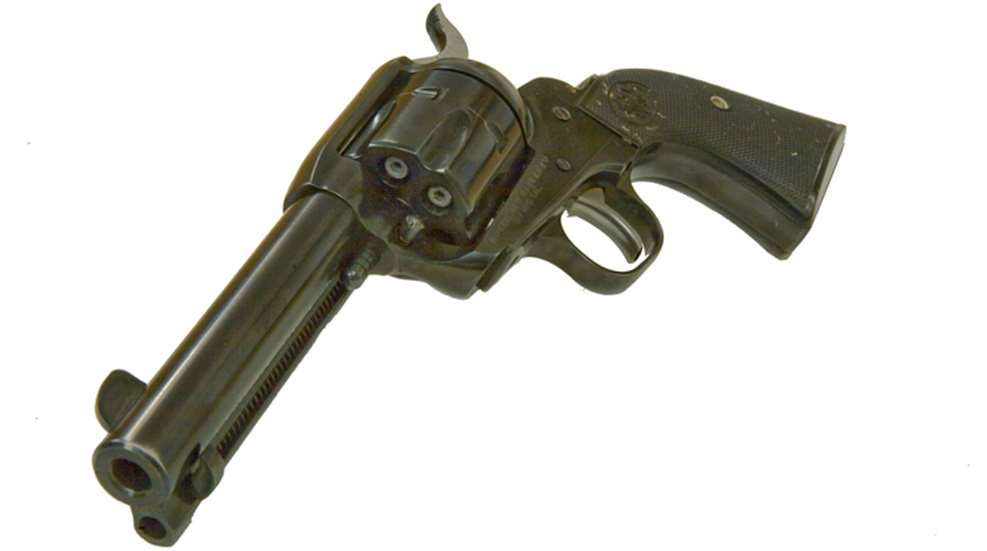
Top image: Ruger Vaquero
Like a lot of old guys, I am a hopeless dinosaur. Today’s pistoleros seem to be all about go-fast guns—quick-shooting, lightweight semi-automatics with magazines capable of holding enough rounds to shoot for a week before reloading. I get it. Shooting is fun, and the more shooting, the more fun. But I grew up shooting revolvers, and to this day I cannot get enough of them. Among my revolver shooting buddies, most—including me—are enamored with large-bore wheelguns. Some even look down their noses at .38-caliber revolvers with considerable disdain. Anything that doesn’t threaten to dislocate your shooting wrist is boring. I respectfully, but firmly, disagree.
The .357 Magnum is definitely not boring, obsolete, nor is it useless. It came about in 1934 as the result of experimental work of Elmer Keith, along with some technical assistance from Phil Sharpe who some 20-plus years later served with the Technical Department of the NRA, and Winchester. Douglas B. Wesson, grandson of Smith & Wesson founder Daniel Wesson and president of the company at the time, coordinated the effort and produced heavy N-frame revolvers for the project. After the cartridge was made available to the public, Wesson did double duty serving as a public relations proponent of the gun and cartridge by taking it all over North America on hunting expeditions.
Whereas the .38 Special cartridge offered a slight improvement over its parent, the .38 Long Colt cartridge—a 25 percent heavier bullet at nearly the same velocity—the .357 Mag. virtually doubled the velocity of the .38 Spl. and nearly tripled the muzzle energy. This allowed law enforcement officers the advantage of a revolver, which most were comfortable carrying at the time, with the capability of penetrating a motor vehicle body and disabling suspects using that automobile to shield themselves. It also allowed hunters the capability of humanely taking big game with a handgun. Wesson demonstrated that by taking animals as small as coyotes and as large as walrus with his .357 Mag.
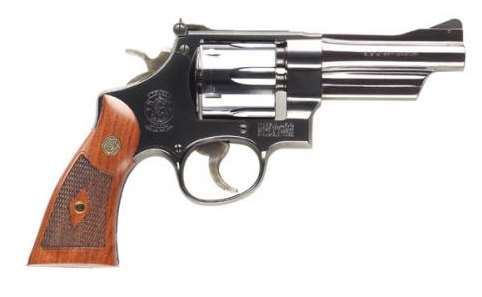
My first center-fire handgun was a Smith & Wesson Model 27 in .357 Mag. I bought it in 1974 at a time when finding any Smith & Wesson revolver in a case at a gun store priced at factory MSRP was nearly impossible due to the widespread popularity of the “Dirty Harry” movie which featured the Model 29 revolver in .44 Mag. All S&W revolvers were subject to scalping prices, but N-frame magnums—and especially the ultra-premium Model 27 and 29 revolvers—were often priced north of $500, while the MSRP of the revolver was about $275. I was just fortunate enough to be at a local sporting goods chain one day when this revolver was a part of the weekly gun delivery to the store. When the driver wheeled the boxes of guns into the store, this one was on top, and I literally plucked it from the hand truck, marched up to the counter and plunked down my money.
As I learned the art of pistol shooting, I put thousands of rounds through my Model 27. Now some 42 years later, I’d estimate that revolver’s round count to be a bit more than 50,000 rounds—about half of them magnum handloads. I used to load a Sierra 158-gr. softpoint or 158-gr. hollowpoint over 15.5 grains of the old Hercules (now Alliant) 2400 powder. Recently I chronographed that load and got 1,475 fps from the 5" barrel. It’s pretty stiff but still manageable. That revolver has been rebuilt twice and now has the longest hand Smith made for that gun. The pistolsmith had to peen the tip slightly to make it long enough to time correctly. If I ever shoot it loose again, I’d need to replace the cylinder, which is why it’s in semi-retirement.
A few years later, as I prepared to move to Wyoming the first time, my dad expressed interest—no doubt fueled by his gun-struck son—in acquiring a home handgun. I had told him that the 1903 Colt .32 ACP pistol he inherited from his dad really wasn’t up to the task of defending the home. So he set me about to find him a “good .357 Magnum.” I ended up finding him an S&W Model 19, brand new with what we now call 3Ts—target hammer, target trigger and target stocks. I doubt that he put more than 300 rounds through the gun, but he kept it meticulously clean. I have it now but shoot it rarely. Nonetheless it is a sweetheart—accurate, easy to shoot with a nice trigger and very controllable even with magnum loads. Its finish is 98 percent-plus, and like all vintage Smiths, it’s drop-dead-gorgeous.
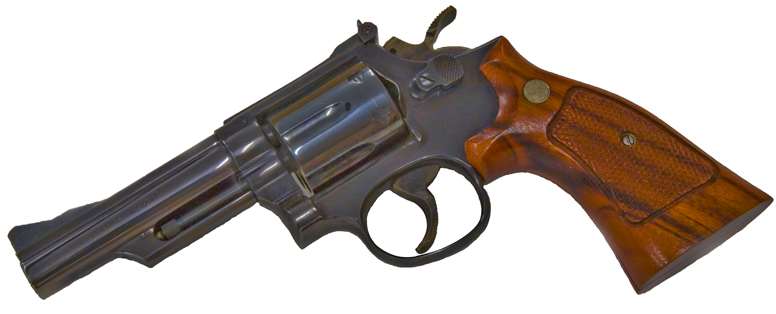
One of the great advantages of the .357 Mag. is its versatility. You can drop in powder-puff .38 Spl. wadcutters and punch paper or small game all day without punishing your hands or wallet. At the other end of the spectrum you can load a magnum case with slow-burning powder and 190- to 200-grain bullets and slam steel out to 200 yards or drop a big game critter cleanly. I tried some loads with a 190-gr. semi-wadcutters about 20 years ago. They can be hard on the hands and the gun, but if you want the most power you can get from the cartridge, that’s part of the cost of doing business.
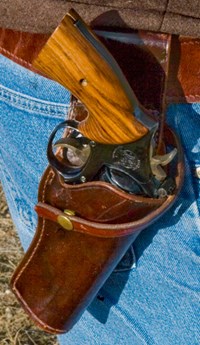
Today when I carry a .357 to the field I have settled on another cast bullet load. RCBS makes a replica of Elmer Keith’s original .357-cal. semi-wadcutter (.38-150-SWC 429). It supposedly weighs 150 grs., but my mould and my alloy—about 50-50 Lyman No. 2 and linotype—tosses them out at 155 grs. Atop 11.5 grs. of Alliant 2400 in Winchester +P+ cases, this bullet leaves a 5" or 6" barrel at between 1,175 and 1,200 fps. This load is as accurate as wadcutters, pleasant to shoot and has enough steam to pound just about anything you’d care to take on with a revolver.*
The .357 Mag. I most often carry is a Smith & Wesson Model 342PD. At 13 oz. it’s not a gun you wan tto shoot with heavy-bullet magnum loads, but stuffed with Speer 125-gr. Gold Dot hollowpoints it is an easy-to-carry and effective pocket rocket.
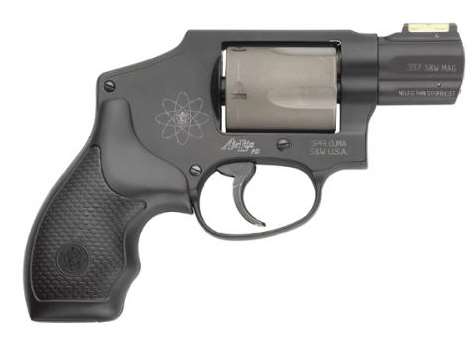
So despite the trend toward semi-automatics, revolvers still garner a large part of the market. And the .357 Mag. is chambered in virtually every revolver platform capable of handling the cartridge. As a revolver aficionado, I am equally as enthusiastic shooting a single-action revolver or a double-action revolver. My Ruger Flat Top is a revolver that is a joy to shoot, as are a pair of Vaqueros I used to shoot in cowboy action shooting. When I switched to a pair of Colts I briefly considered selling or trading the Vaqueros. But they are so accurate and so much fun to shoot I decided to keep them. The .357 Magnum is anything but boring. Whether in a big-frame Model 27, a pocket-pistol 342PD or loafing around the back country with a single action, the .357 Magnum is a versatile, accurate round with the capability of a target round or a powerhouse. I believe I’ll keep mine.
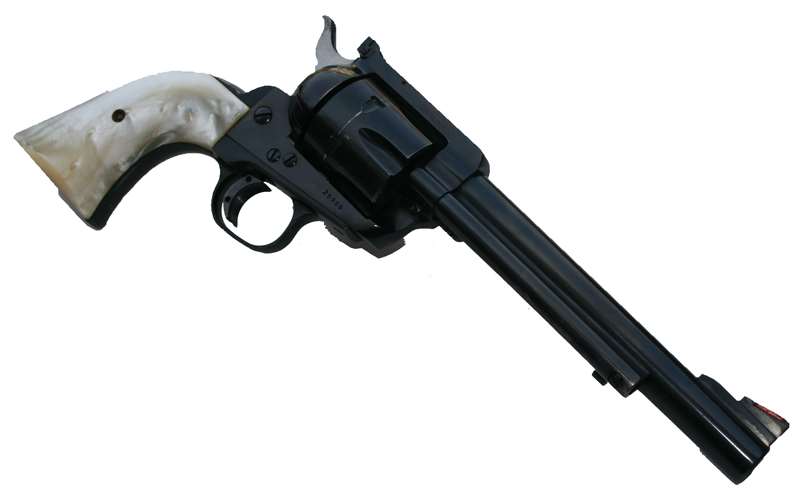
*Editor's Note: All technical data in this website, especially for handloading, reflect the limited experience of individuals using specific tools, products, equipment and components under specific conditions and circumstances not necessarily reported in the article and over which the National Rifle Association (NRA) has no control. The data have not otherwise been tested or verified by the NRA. The NRA, its agents, officers and employees accept no responsibility for the results obtained by persons using such data and disclaim all liability for any consequential injuries or damages.












